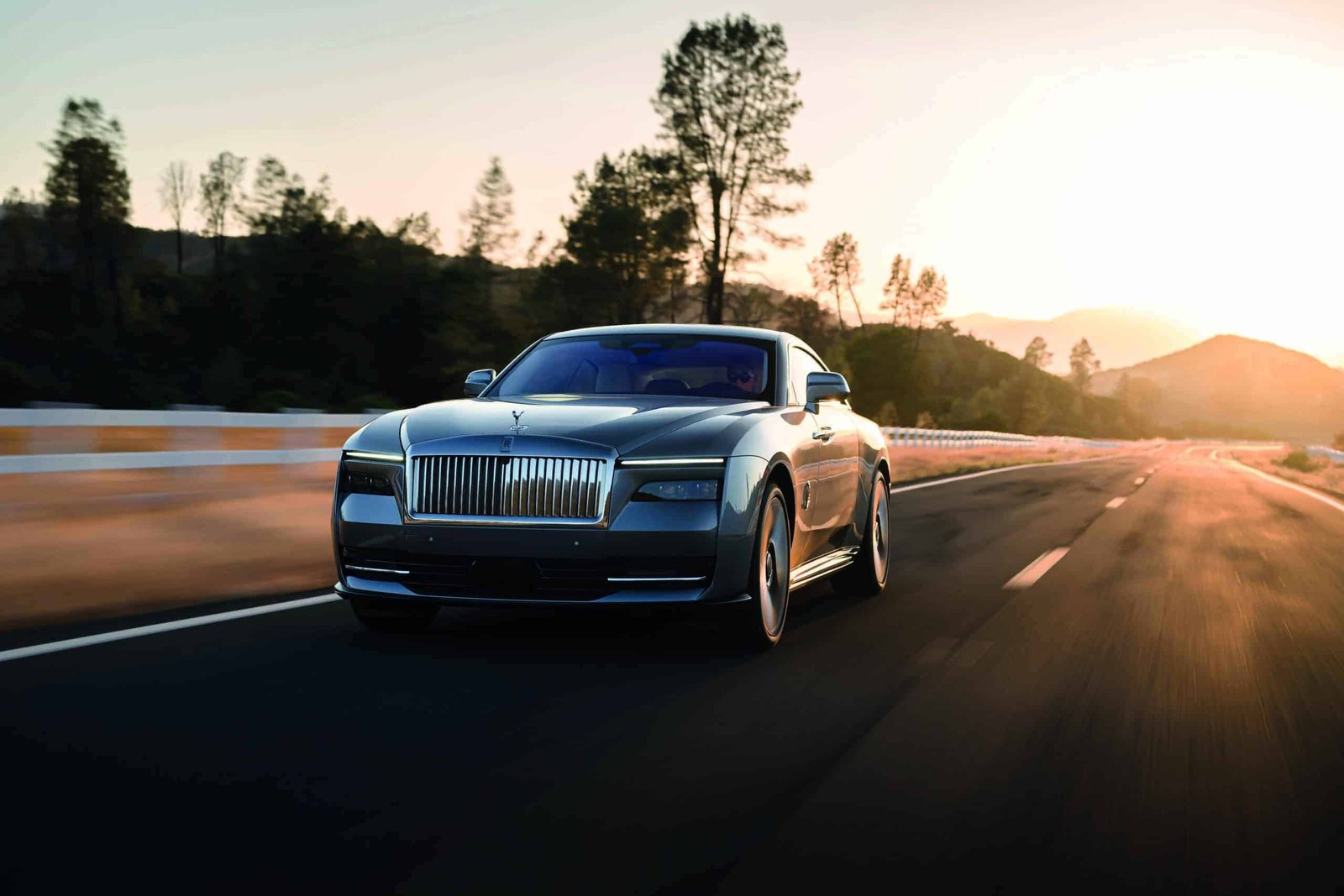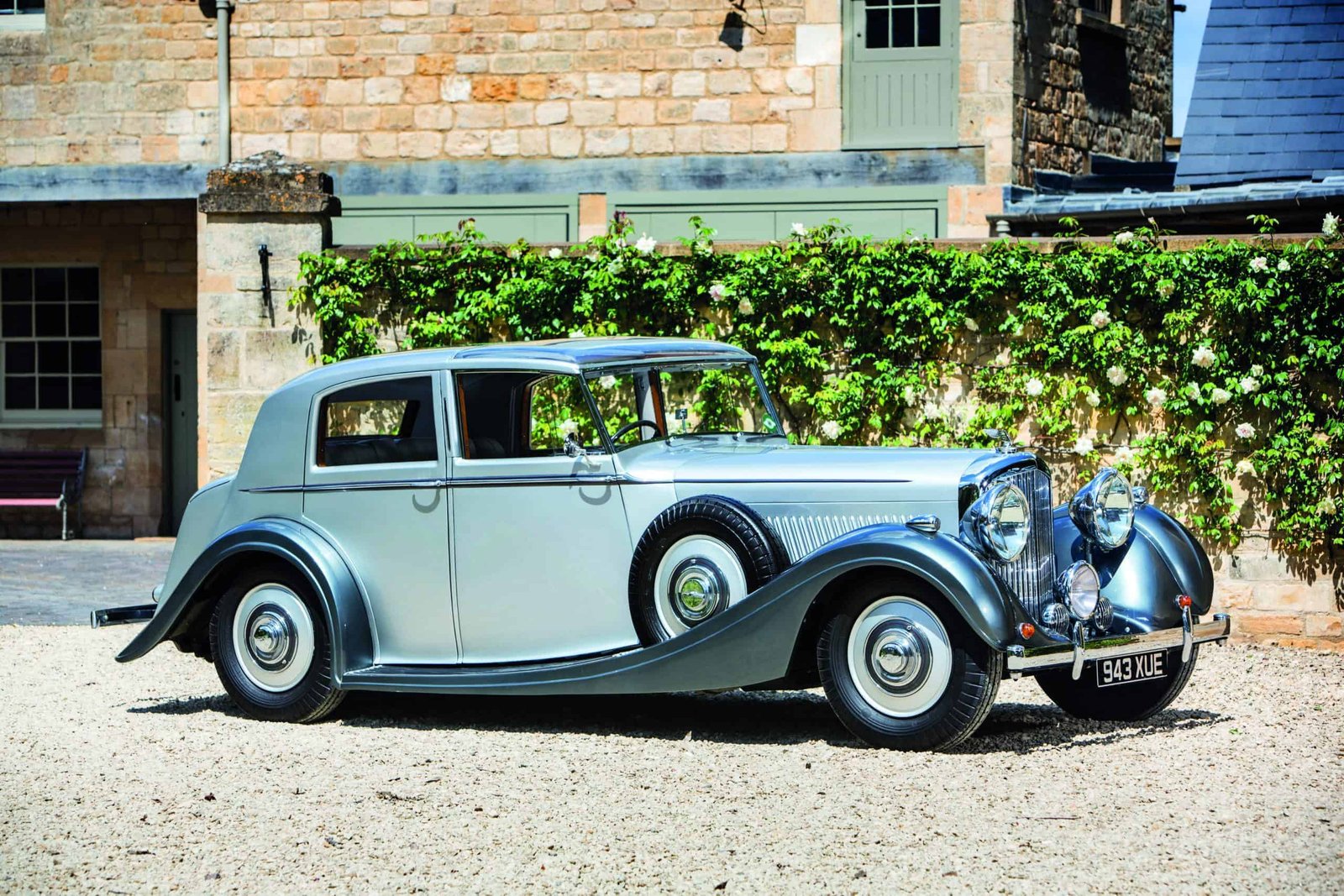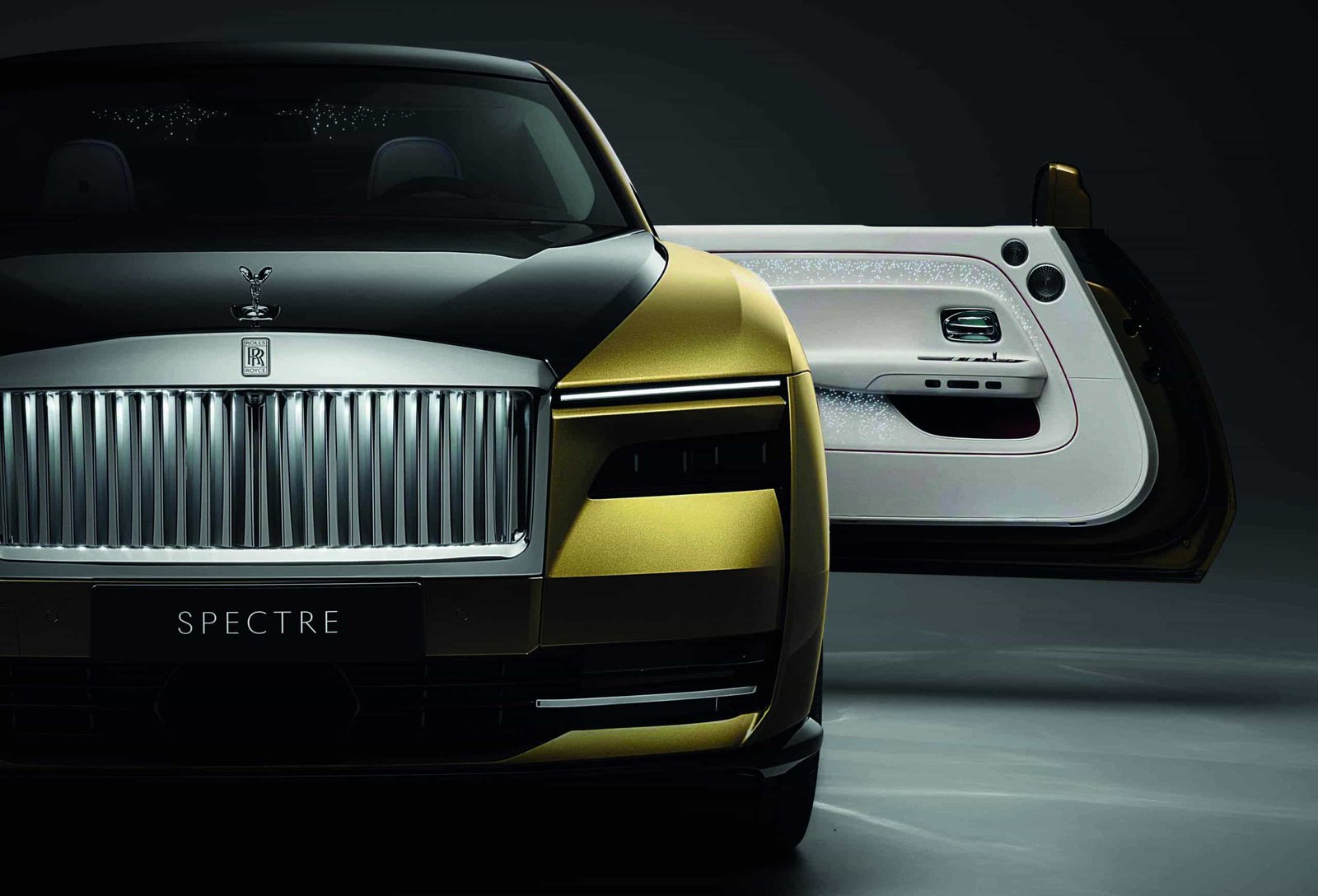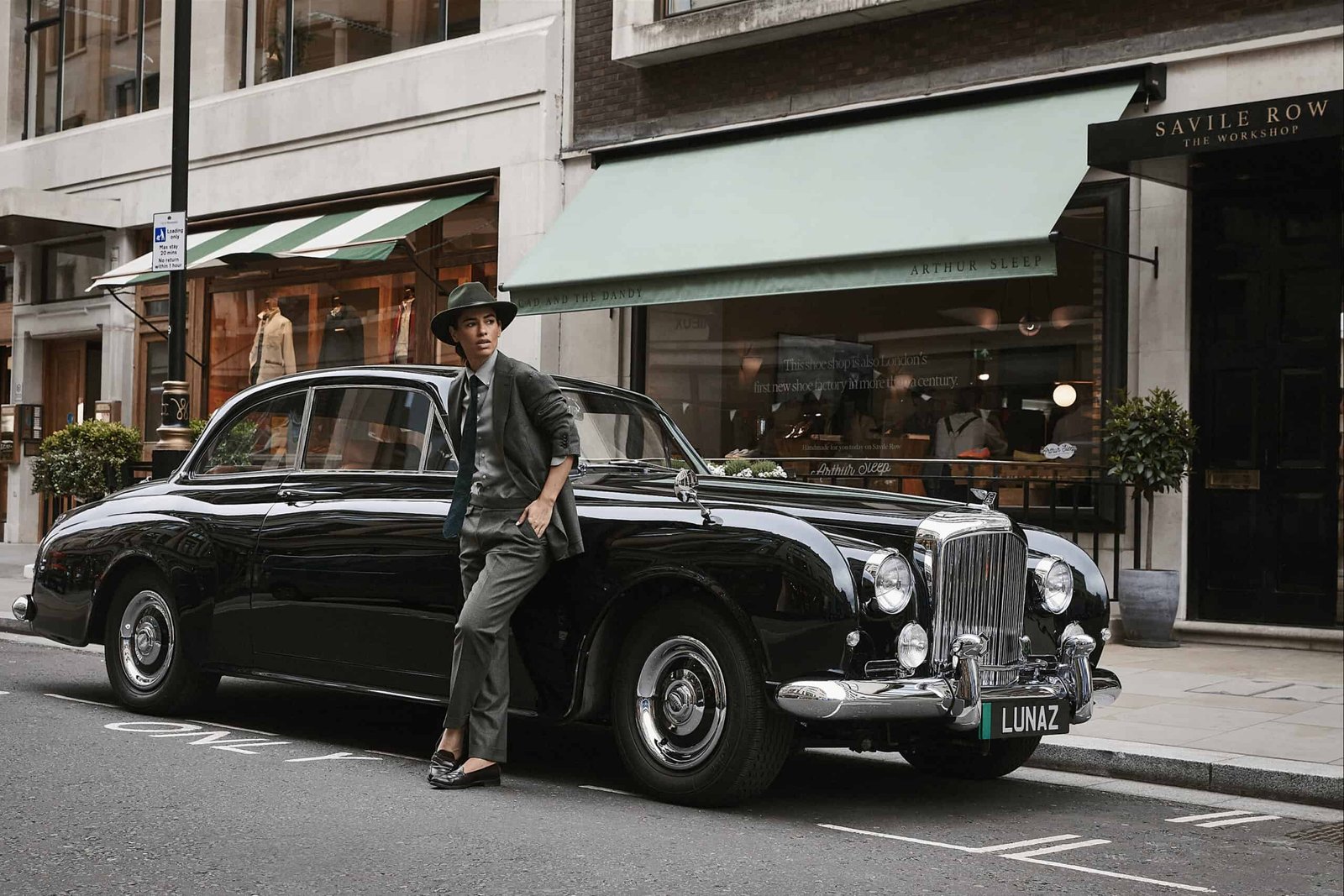With its environmentally friendly design approach, Hydrosphere Studios is helping to change the face of luxury yachting
“I first went to sea when I was 13,” says Feargus Bryan, founder of Hydrosphere Studios. “I moved into yacht design through working as a captain. Spending time at sea, you get a clear idea of what works and what doesn’t. I learnt that the older ways of doing things made sense. There’s a lot to be learnt from our ancestors.”
Since setting up his studio in 2014 in Dublin, Feargus has dedicated himself to “rethinking the fundamentals” of yacht design, which, he feels, has suffered from overcomplicated modernisation, especially now sustainability is a priority. “It’s come full circle. Originally, sailing ships were very environmentally friendly. They ran on the wind.”

Feargus takes a holistic approach to designing yachts, increasing their efficiency and clearing away the unnecessary “showier” aspects of the megayachts in which he specialises. He believes in “elegant understatement”, rejecting the idea that beauty in design is about surfaces; instead, beauty in design starts at the core of the yacht, from the hull structure up to the finished surfaces.
Most importantly, he is committed to reducing the environmental impact of yachts and is part of a pan-industry steering group – the Superyacht Technology Steering Council – on sustainability. His work includes using bioresins to enable greater durability while reducing plastic use. “We want to create ageless, future-proof designs that can be upgraded easily and engineer systems that can last 30 years,” he explains.
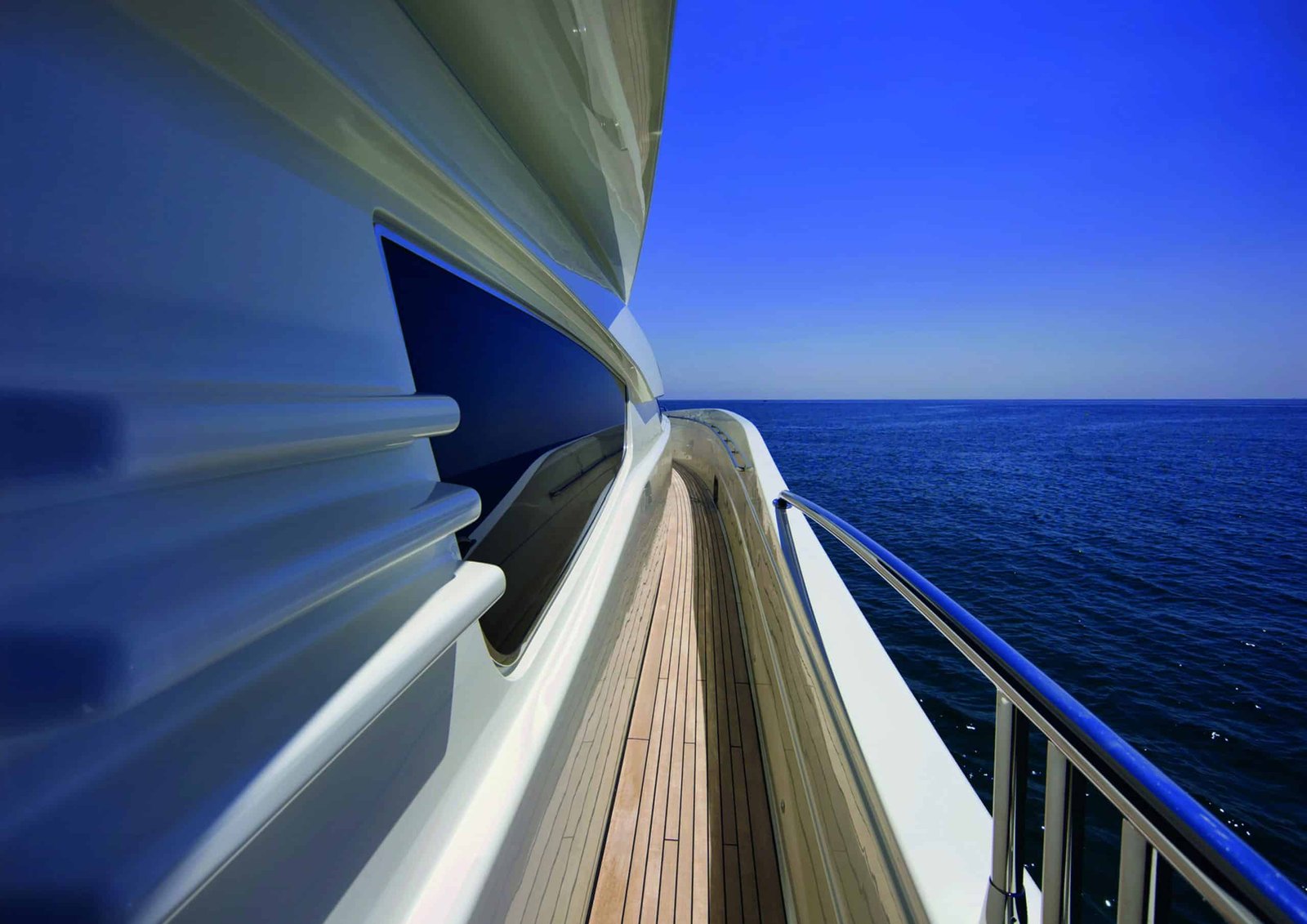
Feargus does not compromise. He keeps a low internet profile and prefers to operate by word of mouth rather than advertising. He has turned down clients whose ideas of megayacht design do not accord with his own. Clients are, however, coming round to his way of thinking. “There’s a movement of people taking positive action to improve the industry. When I started talking about sustainability in yachting ten years ago, it wasn’t a talking point. Now, it’s a big topic of conversation with every client I see.”
Then there is the problem of perception. “When rich people buy yachts they encounter publicity, so they’re increasingly careful about how the yacht is perceived,” he says. “Many yachts are being put to second use, sent out for use in disaster-relief programmes, for example. Yachts are toys, but if that toy can be put to good use, they have the beginnings of a better story.”



